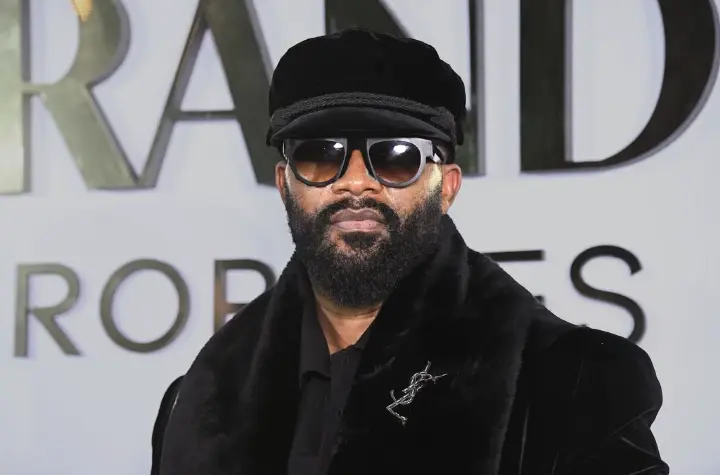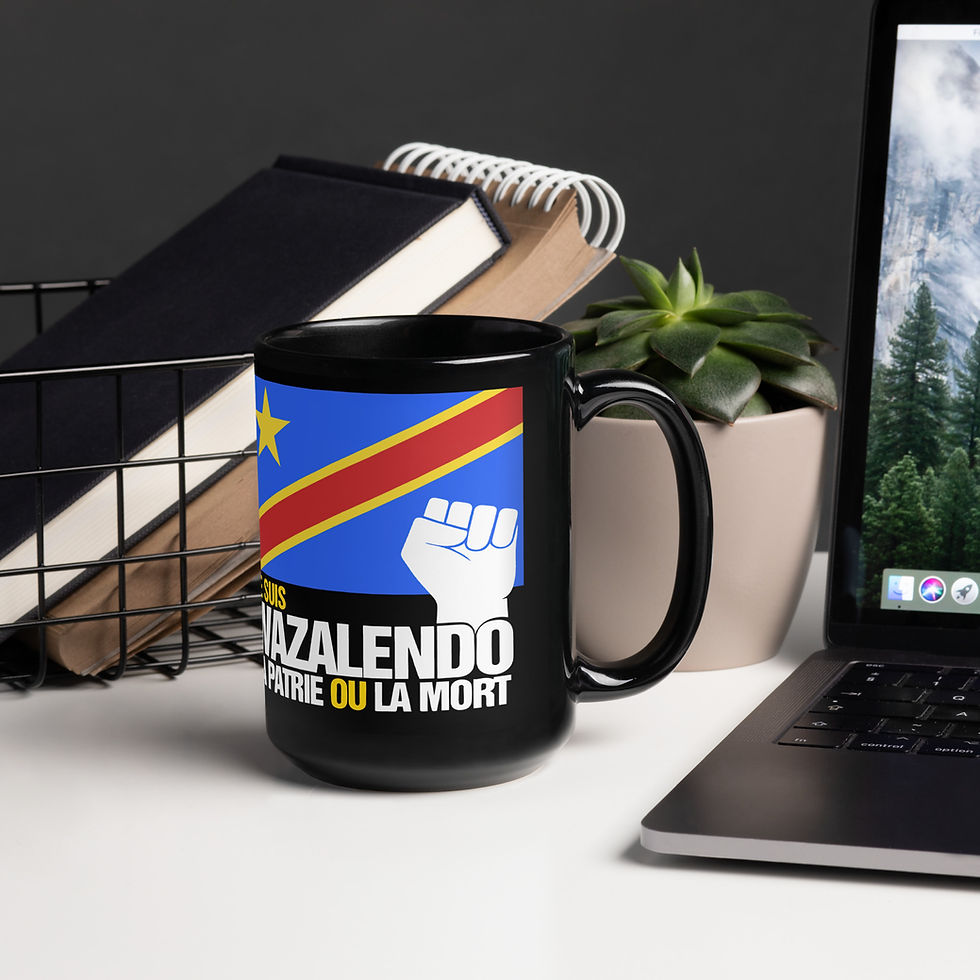Heading 2
Heading 2
Heading 2

MARCH 06: Fally Ipupa attends the 1st "Les Trophees Madame" Dinner at Hotel Peninsula Paris
Congolese Rumba: Africa’s Rhythmic Legacy of Resistance and Joy
Explore the origins, evolution, and global impact of Congolese Rumba, the DRC’s signature music genre born from colonial pain and turned into cultural pride.
7/30/25, 3:26 PM
The Birth of a Movement: Rumba’s Roots in Colonial Congo
In the heart of colonial Leopoldville (now Kinshasa), a sound began to rise, not from the palaces of Europe, but from the city’s sandy backyards, beer halls, and riverbanks. Congolese rumba, born in the 1940s and 50s, became more than music; it became the language of freedom, flirtation, and African modernity.
Its roots stretch from the Cuban son and Afro-Caribbean rhythms, which themselves were shaped by enslaved Africans, to Lingala lyrics, local guitar riffs, and Congolese storytelling.
Rumba’s magic was its ability to transform suffering into celebration and to make the radio into a weapon of cultural resistance.
The “Cosmopolitanism” of Congolese Rumba
Congolese rumba is proudly African, but always global. The genre seamlessly blended:
Cuban son montuno & cha-cha-cha rhythms
Belgian colonial brass bands
French chanson
Congolese folklore & village drumming
Electric guitar innovations
This mix made Kinshasa and Brazzaville the musical capitals of Central Africa. It was a sound that traveled from bars and military camps to dance halls in Paris and radio stations in West Africa.
Dance, Identity & Everyday Life
Rumba wasn’t background music, it was life itself. In Kinshasa, men and women danced with elegance, spinning slowly in sync, as the Kwassa Kwassa and later Ndombolo dance styles took over. People saved for months to buy clothes for Saturday night dances, and lyrics became daily slang.
Rumba told stories of heartbreak, migration, social tension, and the flirtatious humor of urban youth. To many Congolese, it was the soundtrack of independence.
The Golden Age: From Franco to Papa Wemba
Some of the greatest African musicians rose from the rumba movement:
Franco Luambo Makiadi – The godfather of Congolese music, founder of TPOK Jazz, and known for long, story-driven tracks.
Tabu Ley Rochereau – The silky-voiced romantic who merged rumba with soul, jazz, and politics.
Dr. Nico Kasanda – A guitar genius who made the “mi-solo” style famous.
Papa Wemba – Later merged rumba with fashion and world music in his “Viva la Musica” era.
Papa Wemba – Known as the "King of Rumba Rock," Papa Wemba didn’t just sing, he defined style and sound for a generation. As founder of Viva La Musica, he merged Congolese rumba with European pop, gospel, and global rhythms, bringing Congolese music to international stages from Paris to Tokyo. He was also a leader of the Sapeur movement, turning fashion into an art form and identity. His sudden death on stage in 2016 during a performance in Abidjan shocked the world, but his legacy lives on through the music, the style, and the swagger he left behind.

Rumba Today: From Kinshasa to the Grammys
Modern stars like Fally Ipupa, Koffi Olomide, and Ferré Gola continue to evolve rumba, blending it with Afrobeats, trap, gospel, and ndombolo. Its signature guitar licks and romantic themes still dominate Congolese radio and global playlists.
In 2021, UNESCO recognized Congolese Rumba as Intangible Cultural Heritage, cementing its global status.
More Than Music: Rumba as Cosmopolitan Resistance
According to scholars, Congolese rumba is a form of “cosmopolitanism from below”. It allowed the colonized to engage with modernity on their own terms, using guitars and microphones to challenge power, seduce, dream, and connect.
Rumba proves that culture doesn’t only flow from Europe to Africa, it flows in reverse, remixing and resisting along the way.
Final Reflection: Rumba Will Never Die
Rumba isn’t just Congo’s past. It’s its present and future, still playing at weddings, radio stations, nightclubs, and political rallies. It’s a living archive of love, pain, hope, and swagger.
So the next time you hear that smooth Lingala melody and gliding guitar, remember: you’re not just hearing music, you’re hearing the soul of Congo.
Keep Reading





















